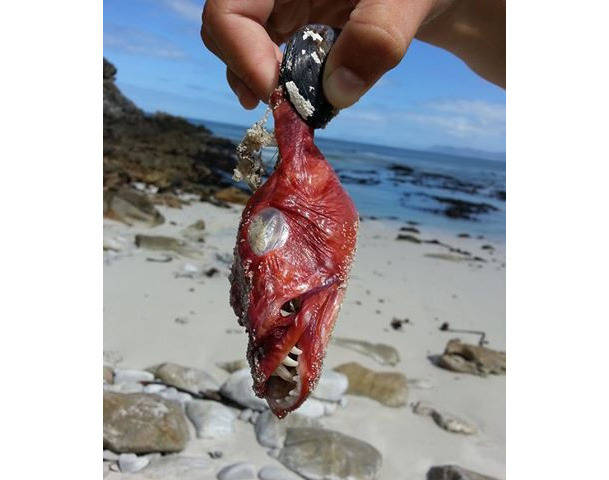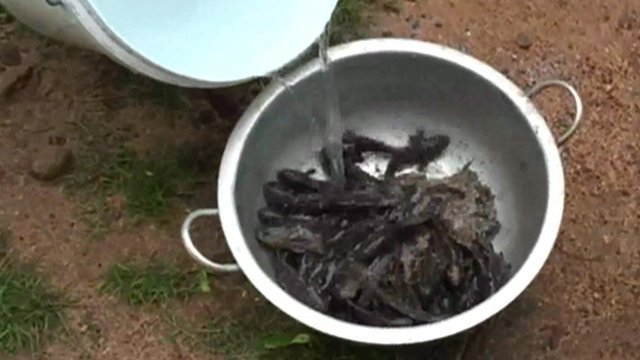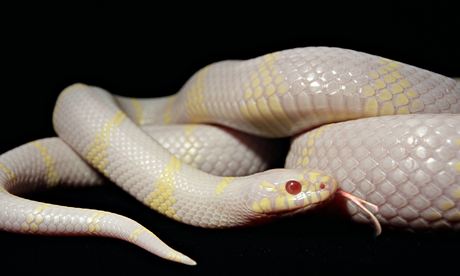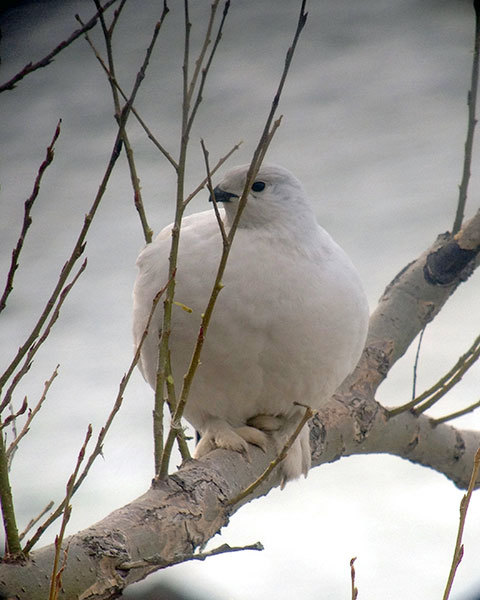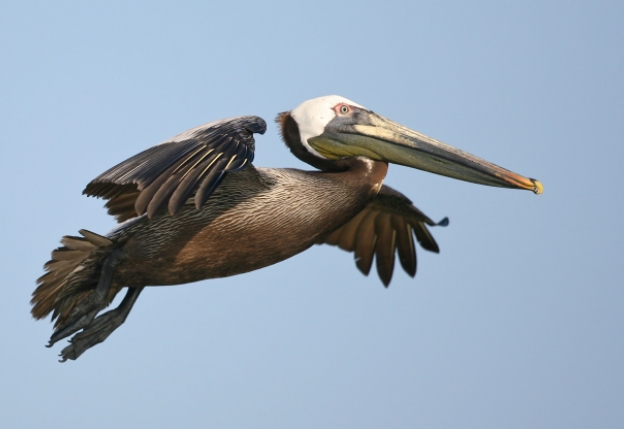
© Rebecca Field A Brown Pelican.
The 2010 BP
Deepwater Horizon well blowout vomited more than 210 million gallons of oil into the Gulf of Mexico and onto its shores--the largest accidental, offshore oil spill in history. It killed wildlife, tainted fisheries, and damaged coastal ecosystems from marshes in Louisiana to beaches in Florida. But due to a paucity of data, the true extent of the damage is still not yet known, especially where bird mortality is concerned. What research does exist is confidential property of the U.S. government, and will not see the light of day until the lawsuit against BP has run its course, the next phase of which begins in 2015.
Into this vacuum step J. Christopher Haney, Harold Geiger, and Jeffrey Short, three researchers with extensive experience in environmental monitoring and post-spill mortality assessments. In their recent study, which has been accepted for publication in
Marine Ecology Progress Series, the authors estimate that up to 800,000 coastal birds died as a direct result of the
Deepwater Horizon spill. That number, as large as it is, is on the conservative side, says Audubon Director of Bird Conservation for the Gulf Coast and Mississippi Flyway, Melanie Driscoll. Once further studies are conducted, says Driscoll, the number will certainly exceed one million. In comparison, a quarter of a million birds are estimated to have died as a direct result of the
Exxon Valdez, a spill that was much smaller than that of
Deepwater Horizon.
